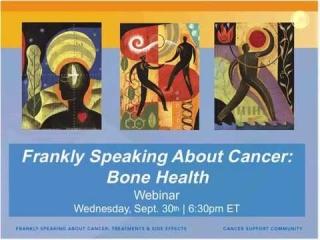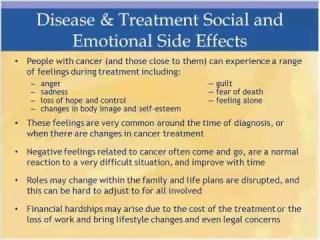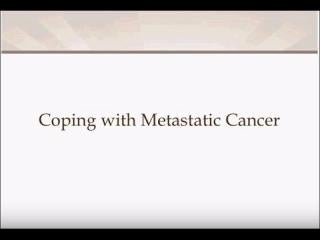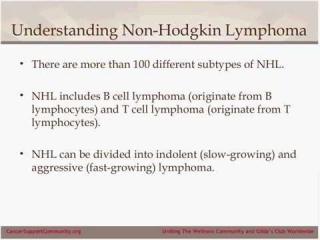Coping With Anxiety and Depression
Do you experience anxiety or depression? Would you like to learn more what you can do to manage symptoms and find support? Watch the webinar, Frankly Speaking About Cancer: Coping with Anxiety and Depression.
Coping with Metastatic Cancer
Precision Medicine: Targeted Therapy
Targeted therapy is a type of cancer treatment that targets a specific change in some cancers that helps them grow, divide, and spread. Targeted drugs are designed to block cancer growth ‘driven’ by these changes to the tumor’s gene. Doctors decide to us a targeted therapy based on the findings of biomarker tests, including mutation testing of your tumor. View this 7-minute guide to learn more about targeted therapies and how they are being used to treat cancer patients. This is the fourth guide in the Precision Medicine eLearning series.
Precision Medicine: Biomarker Testing
Biomarker testing helps your doctor understand what is unique about you and your cancer on a molecular level. A biomarker is a molecule in your body that your doctors can measure to tell them something specific about you and your cancer. Biomarkers can let doctors know if your tumor has a good chance of responding to a certain treatment. Watch this 6-minute guide to learn more about biomarker testing and how it is being used to diagnose and treat cancer patients. This is the third guide in the Precision Medicine eLearning series.









